The Palatine bone is a component of the facial skull and, together with the upper jaw, contributes to the separation of the nose and mouth. It forms in the course of embryonic development through the growing together of the palatal bone processes from the maxillary bulges. Disturbances in this process can affect the separation of the nasal and oral cavity.
What is the palatine bone?
The palatine bone, also known as the palatine bone, is a bone of the facial skull that is responsible for delimiting the nasal cavity and oral cavity. It consists of both a horizontal and a vertical plate.
The horizontal plate (lamina horizontalis) together with the ploughshare (vomer) forms the palate, while the vertical plate (lamina perpendicularis) together with the upper jawbone (maxilla) and the sphenoid bones form the palatal fossa (fossa pterygopalatina). The pterygopalatine fossa contains nerves and blood vessels that supply the upper jaw.
In addition to separating the nasal and pharynx, the palatal bone also helps to support the back of the hard palate. The hard palate consists of fused bone plates of the horizontal bone processes of the upper jawbone and the palatine bone.
Anatomy & structure
The palatine bone represents the palatal bone processes that develop from the maxillary bulges. They move towards each other during embryonic growth and grow together to form a seam. The hard palate closes and thus separates the nasal and oral cavity. At the rear end of the hard palate is the opening of the choana.
The choan opening represents the paired opening of the nasal cavity into the pharynx. The plowbone separates the two choan openings from each other. This part of the palate is also known as the lamina horizontalis. The lamina horizontalis is a part of the palatine bone. The other part of the palatine bone, the perpendicular plate, represents its vertical part. Together with the maxillary bone and the sphenoid bone, it forms the alar palatal fossa (fossa pterygopalatina). In the pterygopalatine fossa run the nerve cords of the maxillary nerve and the pterygopalatine ganglion as well as the branches of the maxillary artery.
The maxillary nerve supplies, among other things, the lacrimal glands, gums, upper incisors and palatal mucosa and is purely sensitive. The pterygopalatine ganglion is responsible for the secretory activity of the lacrimal, palate, nasal and throat glands as well as for the work of the blood vessels of the face and brain. The maxillary artery is the maxillary artery and is the continuation of the carotid artery.
Function & tasks
The main task of the palatine bone is to separate the nasal and throat areas. This allows food intake and breathing to proceed undisturbed. Perfect middle ear ventilation is guaranteed so that the body can effectively counter the outbreak of ear infections. In general, a separate work of the mouth and nose is necessary for a good defense against infection.
The palatal bone also has supporting functions for the back of the palate. As part of the skull, it helps protect the brain. At the same time, there are important passage points for blood vessels and nerve cords in the palatine bone, which are responsible for the supply of important organs in the head area.
You can find your medication here
➔ Medication for toothacheDiseases
Malformations related to the palatine bone can occur during embryogenesis. In early pregnancy, facial parts always develop separately and later grow together. In this way, nasal bulges and maxillary bulges develop from the gill arch on both sides.
It is only from the fifth week of pregnancy that the two nasal bulges merge. The intermaxillary segment is formed in the process. When this process is disturbed, a cleft lip and jaw develop. From the tenth week of pregnancy, the palatal processes (palatal bone) of both maxillary bulges usually merge and form the hard and soft palate. If this fusion doesn't go completely, a cleft palate develops. The nasal and throat areas do not separate. Both malformations are independent of one another, as they also occur in different development phases.
However, cleft lip and cleft palate often occur together with cleft palates. Colloquially, the cleft lip and jaw used to be referred to as the harelip and the cleft palate as the wolf's throat. However, as these terms were perceived as discriminatory, they are no longer used today. The manifestations of these malformations are diverse. They depend on the stage of pregnancy at which the disorder occurs. There are slight cleft lips and jaws, combinations of cleft lip and jaws with cleft palate or pure cleft palate. The appearance of the cleft palate can also vary.
In the best case there is only a gap in the uvula. In the worst case, there is a complete gap between the firm and soft palate, which is only concealed by the overlying mucous membrane. The nose and throat are no longer separated. The reasons for the development of cleft lip and palate have not yet been fully clarified. It is known that in many cases there must be a hereditary component. Familial clusters of this malformation were found. However, there are also environmental factors that can lead to cleft lip and palate.
This includes smoking by the expectant mother, lack of oxygen during pregnancy, alcohol abuse by the mother, exposure to radiation and much more. The effects of the malformations vary depending on the level of training. Isolated cleft lips are not a problem. They can be quickly corrected by surgery. However, cleft palate and cleft lip and palate can lead to a variety of impairments. This makes it more difficult for newborns to eat because the food can enter the nasal cavity through the crevice.
Furthermore, breathing problems often exist because nasal breathing is usually impeded. Speech problems often arise. In addition, there are frequent ear infections and misaligned teeth. Treatment consists of surgical corrections, language training and psychotherapy.

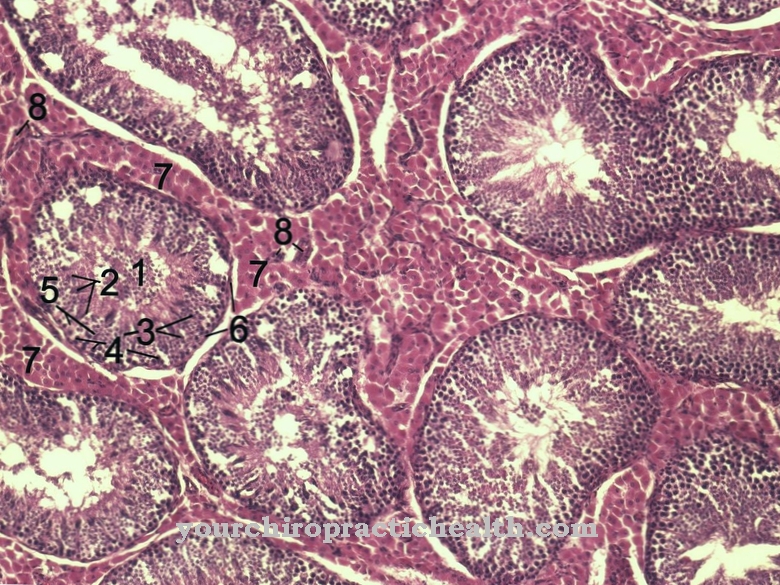

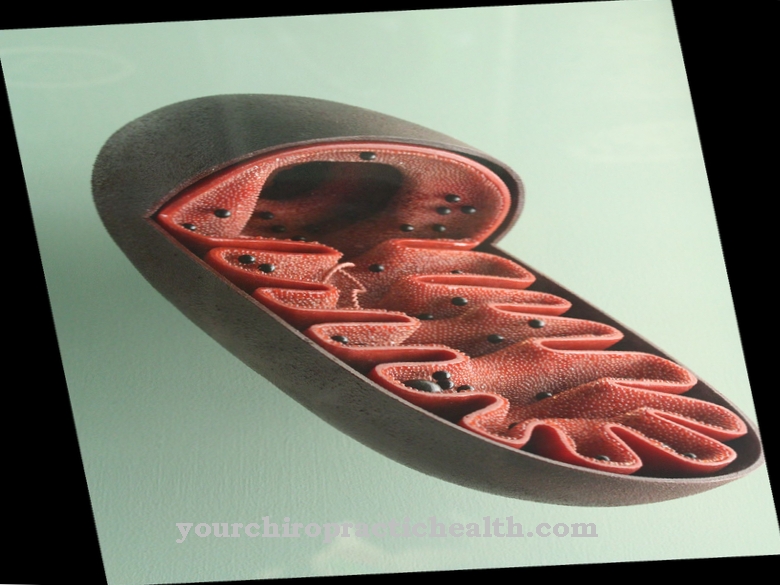
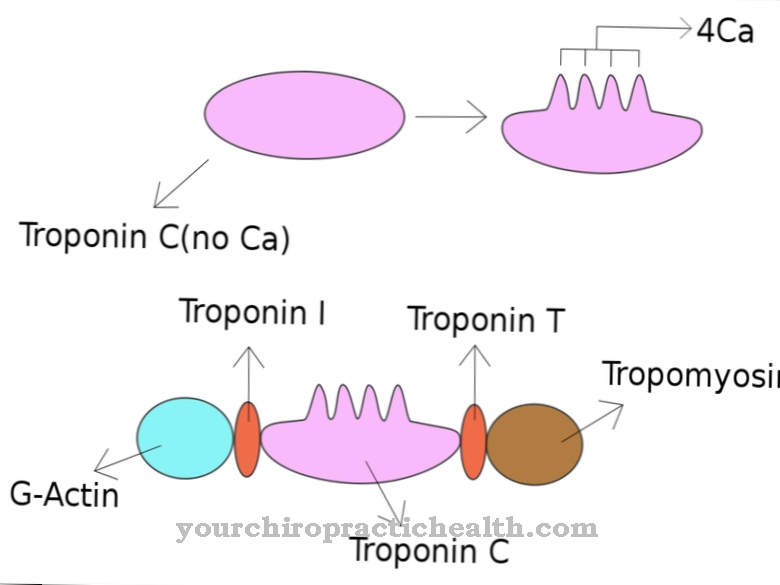
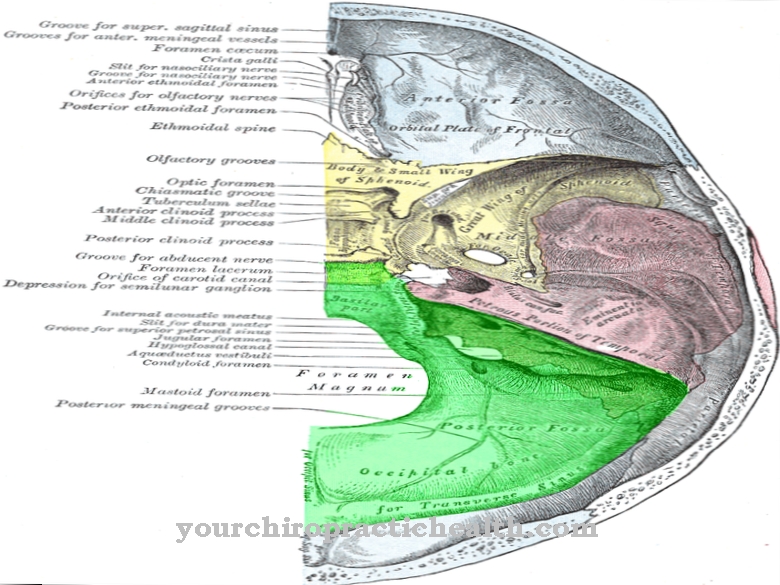
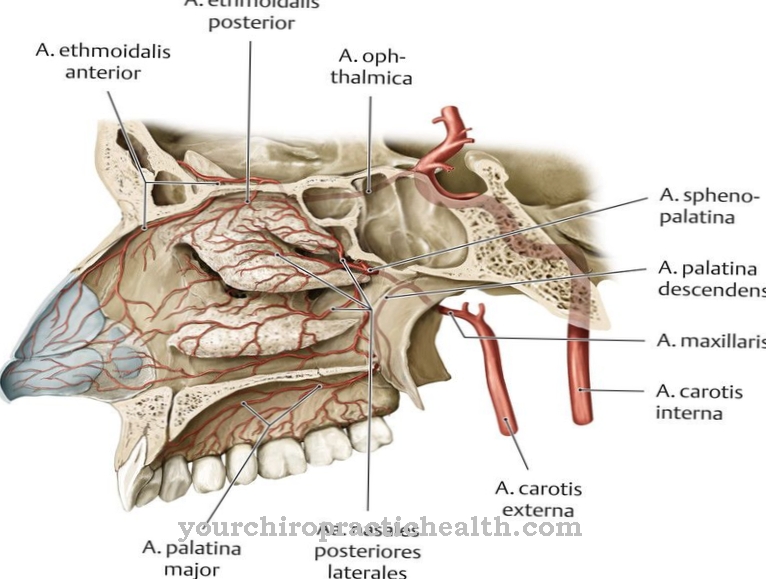






.jpg)

.jpg)
.jpg)











.jpg)